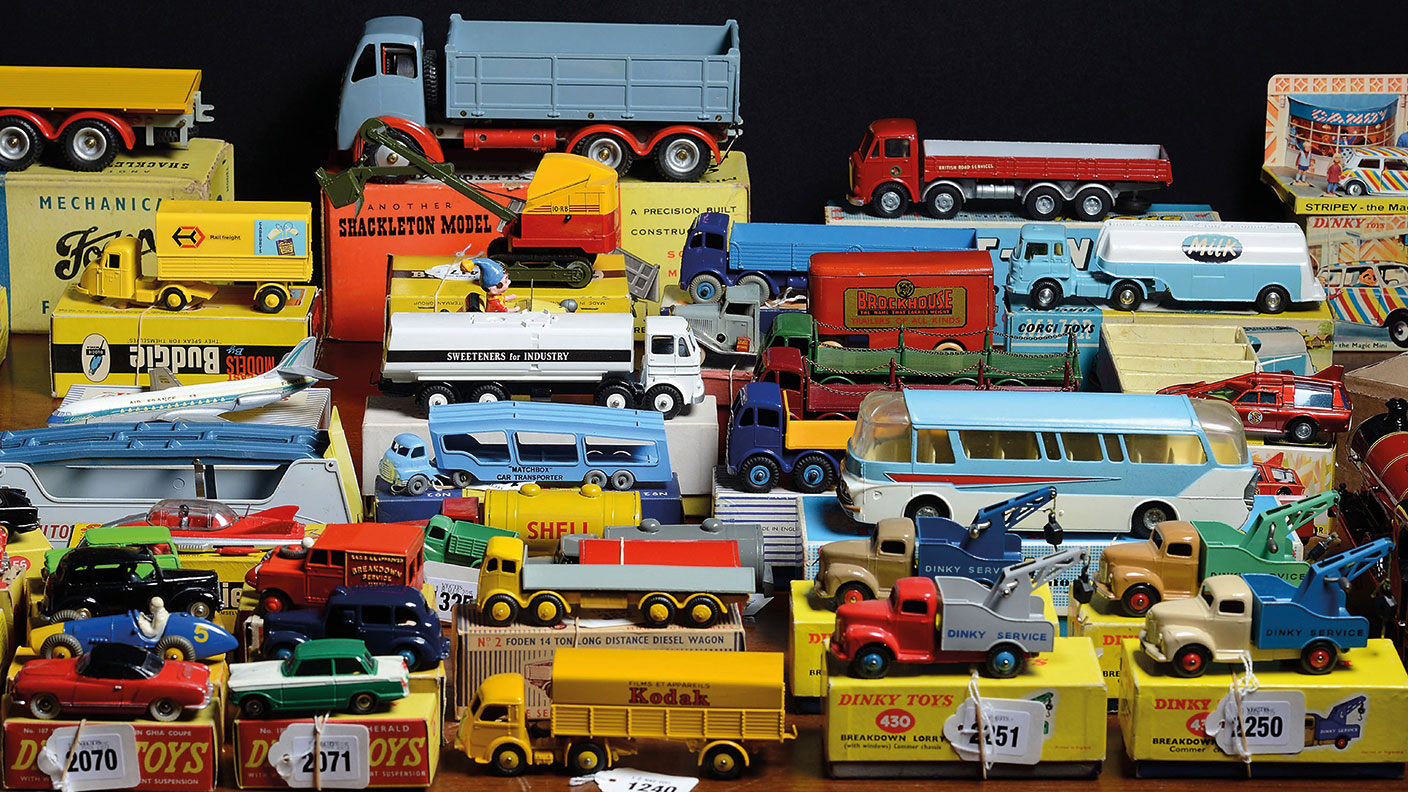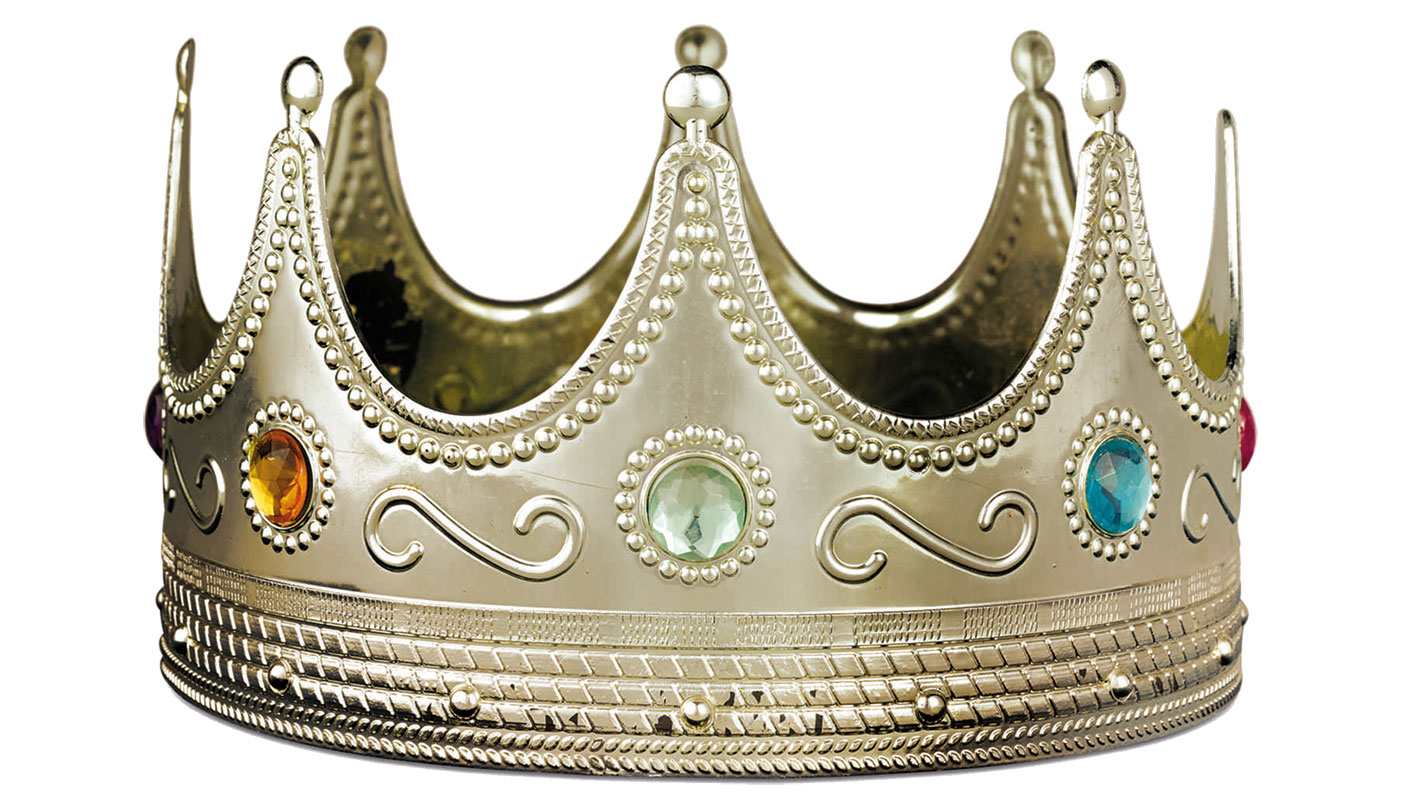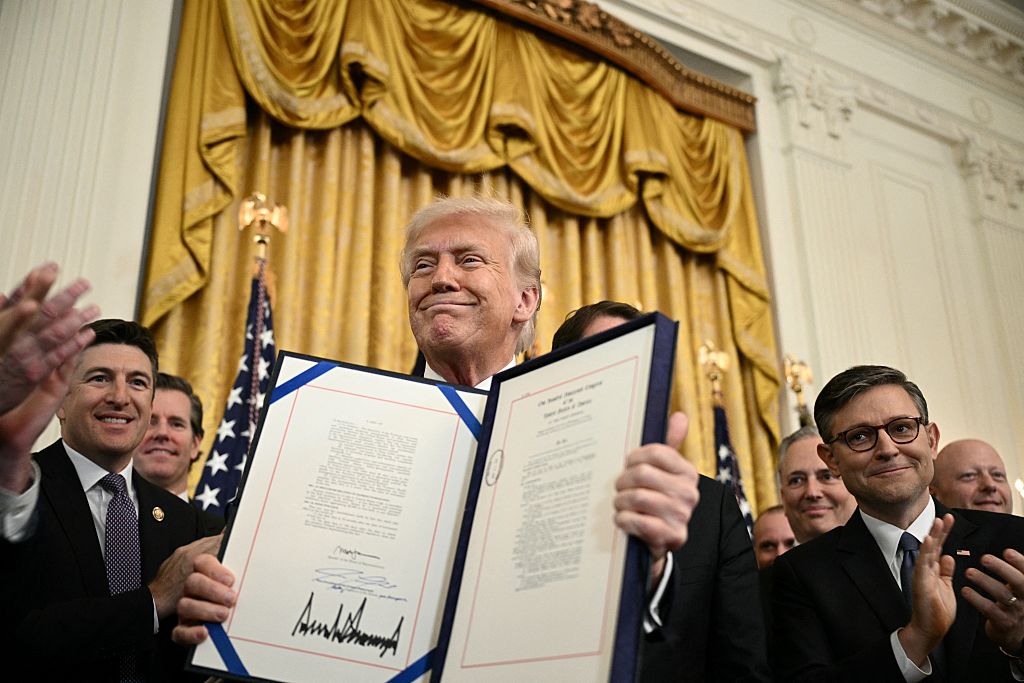Matchbox toys are on fire with collectors
The children of the 1960s are fuelling a boom in collectable model cars, says Chris Carter.


The first miniature Hot Wheels toy cars rolled down their iconic orange racing tracks in May 1968 in the US. They cost 59 cents each, and that year, toymaker Mattel sold 16 million of them. They were, says Zachary Crockett on The Hustle, “America’s hottest new plaything”. Five decades on, “the children of the Sixties are fuelling a small but mighty collectors’ market”.
Bruce Pascal, “a successful commercial real estate executive” by day, is one such enthusiast. “By night, he buys $5,000 Hot Wheels cars on eBay.” The 59-year-old owns a “staggering array of 7,000 rare toy cars that are collectively insured for $1.5m”. He will even chase down former Mattel employees in the quest for ultra-rare prototypes. “I’m like the Antiques Roadshow that shows up to their door,” Pascal tells The Hustle. One former worker broke down in tears when Pascal handed him a cheque for $12,000. “A few forgotten toys turned into a new roof for the man’s house,” says Crockett.
Collecting tiny cars is far from a purely American pursuit – indeed, its roots stretch back into 19th century Europe. Little “tinplate” cars, made from cut, shaped and decorated sheets of metal, “are among the earliest mass-produced toys”, replacing wooden ones, says Michael Dowse of Sheffield Auction Gallery in the Sheffield Telegraph. “Many important makers were German, with the most sought-after including Marklin and Bing, although American makers Marx and Strauss are also keenly collected.” The late 19th and early 20th centuries are considered the “golden age”. Prior to the 1890s, these toys were hand painted and featured such details as lamps, opening doors and rubber tyres. They “are among the most highly prized by collectors”.
MoneyWeek
Subscribe to MoneyWeek today and get your first six magazine issues absolutely FREE

Sign up to Money Morning
Don't miss the latest investment and personal finances news, market analysis, plus money-saving tips with our free twice-daily newsletter
Don't miss the latest investment and personal finances news, market analysis, plus money-saving tips with our free twice-daily newsletter
After 1900, colour lithography made them more economical to produce, but less complex. “As with most collectables, the key to value is rarity, quality and condition,” says Dowse. “This, coupled with the desire of ownership, ensures the tinplate market is buoyant.” One fine example, a red CIJ André Citroën clockwork tinplate open tourer from the 1920s, sold for £700 with Special Auction Services in Newbury, Berkshire, this summer.
Then, in 1953, north London die-casting company Lesney Products began making miniature vehicles small enough to be placed inside a matchbox. These Matchbox cars (now also made by Mattel) soon attracted the attention of children, who continued to collect them well into adulthood.
Simon Hope, from Cheshire, amassed one of the world’s best collections over 60 years. Last November, his almost 3,000 cars and lorries sold for £252,000 with specialist Yorkshire-based Vectis, according to the Mail Online, with later reports putting the final figure at over £300,000. A lime green ERF Dropside lorry was the most expensive item, fetching around £7,000.
On 10 September, the Wayne Laughman collection of hundreds of tiny Matchbox toys is to go under the hammer, also with Vectis.
The tat racket

“If you are looking to make an extra bit of cash… it may be worth having a look in the loft,” says Stephanie Rendall in The Scotsman. Toys that have long-since been packed away, gathering dust, could be valuable collectables. “Nostalgic boomers and millennials have been listing their attic finds online for years as a quick income supplement.” Hot Wheels cars (see above) “are now being listed online for hundreds of pounds”, with one seller offering their vintage toy for £434.36, “which is a dramatic increase on the original price – the equivalent of merely 48p when it first went on sale”.
But even more recent toys from the 1990s are also in surprising demand. Take Beanie Babies, for example. These cuddly critters were “collectables to start with, and many children’s rooms were filled to the brim with these stuffed animals”. The Peanut the Royal Blue Elephant toy is one of the most valuable, due to a manufacturing error that saw 2,000 made in a darker shade than intended. They have been listed for sale online with prices of up to £3,700. That said, the 1997 Princess Diana Beanie Baby has been listed on eBay for an eyebrow-raising £25,000. While that might be a tad hopeful, the average selling price for Beanie Babies is £2,207, according to online marketplace OnBuy, topping its list of the most in-demand collectables lying around the house.
Whether the “Gotta Go Flamingo” (a bird on a toilet that’s on Argos’ list of must-haves for Christmas 2020) holds its value years from now remains to be seen.
Auctions
Going…

The crown worn by Nineties rapper Notorious BIG is set to star in Sotheby’s first-ever auction dedicated to hip hop music on 15 September in New York. It was worn by “Biggie”, whose real name was Christopher Wallace, in a photoshoot a few days before he was killed, aged 24, in a shooting in 1997. Photographer Barron Claiborne’s portrait of Wallace wearing the plastic crown was later turned into a giant mural in the rapper’s home borough of Brooklyn. It is expected to sell for $200,000. An archive of love letters written by a teenage Tupac Shakur before he was famous also forms part of the sale, valued at between $60,000 and $80,000. A portion of Sotheby’s proceeds will go to good causes.
Gone…
A Japanese sunburst electric guitar played by Jimi Hendrix after he was discharged from the US Army in 1962 has sold for $216,000 at California-based GWS Auctions. Hendrix played the instrument “when the guitar god was an R&B sideman and fledgling rocker based in New York City”, says Daniel Kreps for Rolling Stone. It was left with a friend in New York, when Hendrix left for Britain to start The Jimi Hendrix Experience band four years later. Other lots in the sale included a 14-carat gold ring, previously owned by Elvis Presley, which sold for $22,500, and one of Michael Jackson’s sequined black jackets, which fetched $20,000.
Get the latest financial news, insights and expert analysis from our award-winning MoneyWeek team, to help you understand what really matters when it comes to your finances.

-
 ‘Why I have ditched my Help to Buy ISA for cash savings and the stock market’
‘Why I have ditched my Help to Buy ISA for cash savings and the stock market’Without the 25% bonus, my Help to Buy ISA is effectively redundant, says MoneyWeek writer Sam Walker.
-
 Is your inheritance tax allowance cut if you sell to downsize or sell your home to pay for care?
Is your inheritance tax allowance cut if you sell to downsize or sell your home to pay for care?Downsizing relief is a little-known benefit that could save your loved ones tens of thousands of pounds in inheritance tax after you’ve died.
-
 Stock markets have a mountain to climb: opt for resilience, growth and value
Stock markets have a mountain to climb: opt for resilience, growth and valueOpinion Julian Wheeler, partner and US equity specialist, Shard Capital, highlights three US stocks where he would put his money
-
 The steady rise of stablecoins
The steady rise of stablecoinsInnovations in cryptocurrency have created stablecoins, a new form of money. Trump is an enthusiastic supporter, but its benefits are not yet clear
-
 SRT Marine Systems: A leader in marine technology
SRT Marine Systems: A leader in marine technologySRT Marine Systems is thriving and has a bulging order book, says Dr Michael Tubbs
-
 Goodwin: A superlative British manufacturer to buy now
Goodwin: A superlative British manufacturer to buy nowVeteran engineering group Goodwin has created a new profit engine. But following its tremendous run, can investors still afford the shares?
-
 A change in leadership: Is US stock market exceptionalism over?
A change in leadership: Is US stock market exceptionalism over?US stocks trailed the rest of the world in 2025. Is this a sign that a long-overdue shift is underway?
-
 A reckoning is coming for unnecessary investment trusts
A reckoning is coming for unnecessary investment trustsInvestment trusts that don’t use their structural advantages will find it increasingly hard to survive, says Rupert Hargreaves
-
 Metals and AI power emerging markets
Metals and AI power emerging marketsThis year’s big emerging market winners have tended to offer exposure to one of 2025’s two winning trends – AI-focused tech and the global metals rally
-
 8 of the best houses for sale with beautiful fireplaces
8 of the best houses for sale with beautiful fireplacesThe best houses for sale with beautiful fireplaces – from a 15th-century cottage in Kent to a 17th-century palazzo in Oxfordshire